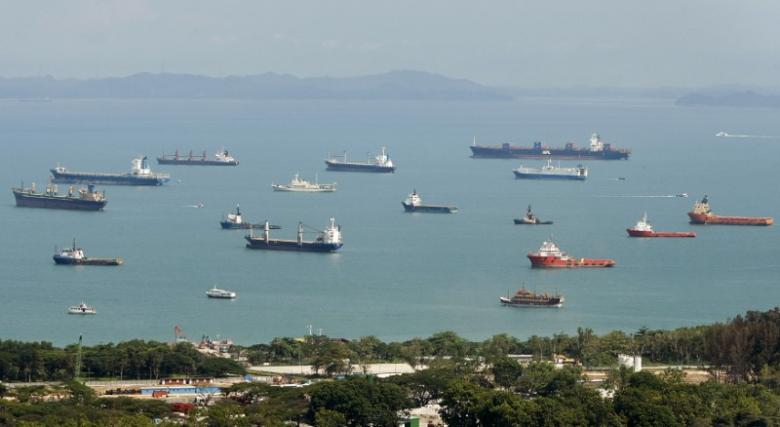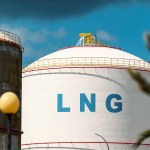The formation of new alliances and dissolution of old ones is set to reshape the shipping industry in 2025 as major players jostle for market share in an increasingly dynamic trade environment.
The end of 2M and THE Alliance – previously responsible for 34.4% of global container ship fleet capacity1 – will redefine global trade routes and capacity allocation, while the newly formed Premier Alliance (HMM, ONE and Yang Ming) and Gemini Co-operation (Maersk and Hapag-Lloyd), will focus on key east-west trade routes, including Asia-Europe, Transpacific and Transatlantic corridors.
The reallocation of capacity is poised to improve overall efficiency, particularly as carriers like HMM, which plans to invest US$17.4bn by 2030, work towards increasing their operational fleet to 1.55m TEU across 30 vessels.
This will also shift port preferences and regional flows. To that end, shippers can expect optimised service frequencies and better scheduling flexibility, with independent strategies from major players creating new competition on overlapping trade lanes.
The restructuring is also expected to lead to intensified competition on key routes, with members of THE Alliance splitting into more focused partnerships. And while the dominant Ocean Alliance remains intact and extended to 2032, the fragmentation will present opportunities for smaller, independent carriers to capture market share in underserved routes.
As carriers recalibrate their strategies, service reliability is also expected to improve. Both newly founded partnerships are emphasising better capacity utilisation and streamlined operations with the aims of reducing delays. The Gemini Co-operation in particular is targeting a schedule reliability rate of 90%, well above the October 2024 industry average of 51.5%.2
On an industry level, the reshaped alliances will influence global supply by providing more resilient and flexible solutions. There’s little doubt that conflict and geopolitical tensions have exposed vulnerabilities in global supply this year.
UNCTAD reported in October that maritime trade grew 2.4% in 20233, but that the conflict means that the future remains uncertain because of these challenges. The restructuring of alliances is anticipated to bolster supply chain resilience by offering more reliable and diversified shipping options, with global schedule reliability – stabilised at 50-55% in 20244 – leaving much room for improvement.
Indeed, the spectre of geopolitics has loomed large over the industry in recent years, and on this front, it remains influential, though as we are seeing not necessarily definitive. It is expected that alliances with strong regional ties will circumvent conflict through regional trade networks and in the process influence global shipping power dynamics.
On that front, the Gemini Co-operation has said it will re-route away from the Red Sea until further notice. It’s also adopted a hub and spoke model, using strategically located hubs at Tanjung Pelepas and Cartagena as it attempts to isolate disruption to specific nodes and enhance resilience.
Further afield, the Ocean Alliance, which features significant representation from Chinese carriers, will continue to play a pivotal role in China’s Belt and Road initiative, highlighting the growing integration of shipping strategies with geopolitical objectives, and further shaping global trade flows.
As the industry adjusts to new challenges in 2025, the reshaping of alliances signals the start of a transformative era for shipping. These changes promise a more dynamic and efficient global trade network, setting the stage for a future that balances opportunity with uncertainty.
Source: Transport Intelligence






